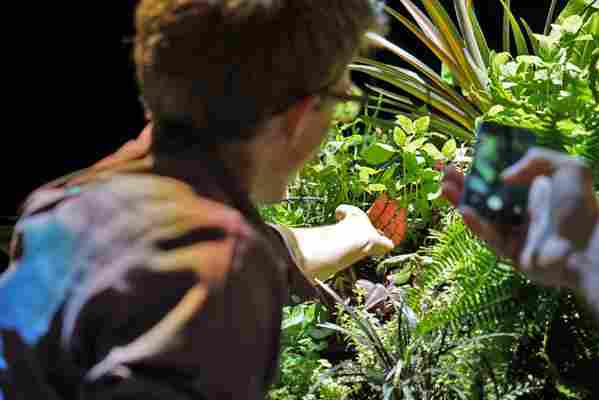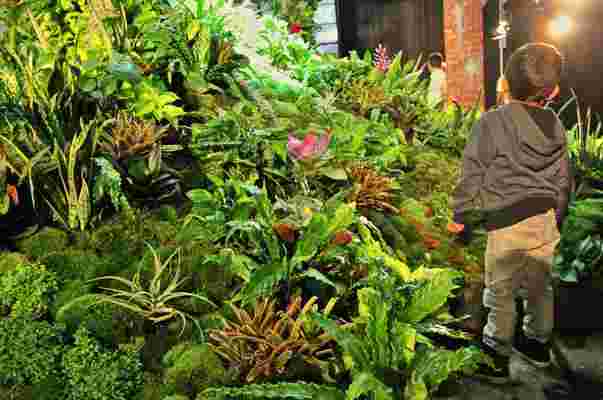November 23,2022
We Go Inside the World’s First Underground Park: The Lowline Lab in New York City
by David Stewart
When walking into the Lowline Lab—a demo of what will be the world’s first underground park—the first thing you notice is a distinctly earthly scent. That is a result of the dozens of plant species growing within the 5,000-square-foot space, located in a former market on New York’s Lower East Side. The demo, which will go for several months, allows visitors to get a peek into how the real Lowline park (set in an abandoned subway terminal just two blocks away) will operate once it opens to the public in 2020. James Ramsey, an architect from the New York–based Raad Studio, has devised a system that harnesses the sun’s rays via optical equipment positioned at street level, then transfers the light indoors through a protective tube, and finally diffuses it over the underground site.
For Ramsey, who as a teenager worked at NASA in a lab building pieces of satellite, the possibilities of the Lowline seem almost endless. So much so that Paris, Seoul, and Ankara, Turkey, among other cities, have expressed interest. “It’s not just an underground park,” he says. “We are working toward creating a new branch of horticulture. These are simply the first baby steps toward a whole new world of possibilities when it comes to subterranean gardening, and the reuse of abandoned space underground.”

The Lowline Lab, which opened to the public this past Saturday, will continue to serve as a workshop for James Ramsey and his Lowline cofounder, Dan Barasch, as they experiment with the capabilities of their subterranean technology. “This is very much a working lab—it just happens to be public-facing, a place where visitors can come and see and smell what the public space will eventually look like,” says Ramsey.

When asked what the ultimate success would be after 2020, when the full Lowline opens to the public, Ramsey responds: “If we can communicate to kids who come that what they’re seeing isn’t a magic trick, that math and science made all of this possible, and that turns on some switch of curiosity in their heads, than we have succeeded.”






